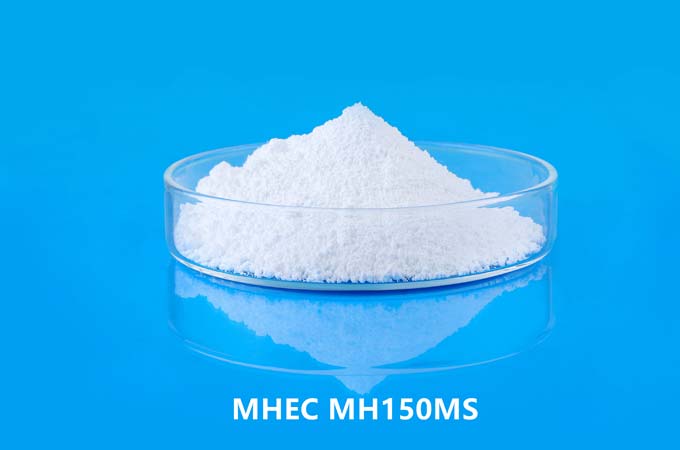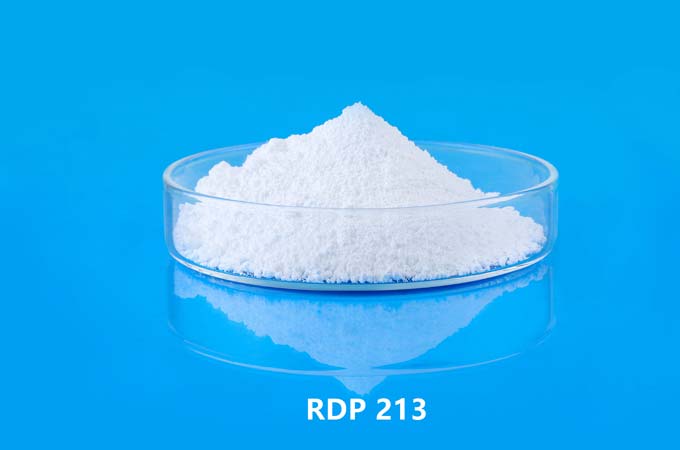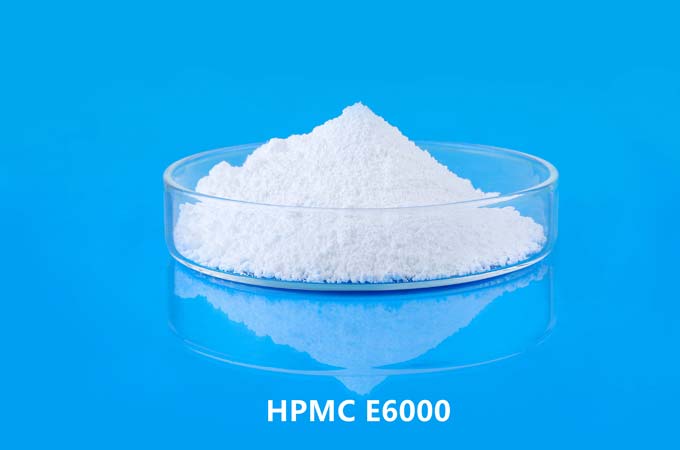Hydroxypropyl methylcellulose (HPMC) is a versatile polymer used in various industries, including pharmaceuticals, food, cosmetics, and construction. Its viscosity limit depends on several factors such as concentration, molecular weight, temperature, and shear rate.
HPMC, a semisynthetic polymer derived from cellulose, is known for its thickening, binding, film-forming, and moisture-retention properties. Its viscosity is crucial in determining its performance in different applications.
In pharmaceuticals, HPMC is often used as a thickening agent in oral solid dosage forms like tablets and capsules. The viscosity of HPMC solutions affects the flow properties during manufacturing processes such as granulation, compression, and coating. Higher viscosities may result in slower tablet disintegration and dissolution rates, affecting drug release profiles.
In food products, HPMC is utilized as a stabilizer, emulsifier, and thickener. Its viscosity influences the texture, mouthfeel, and stability of food formulations such as sauces, dressings, and bakery products. Controlling viscosity is essential to achieve desired product characteristics and processing conditions.
In construction, HPMC is added to cement-based materials to improve workability, adhesion, and water retention. Viscosity impacts the flow and spreadability of mortar, grouts, and tile adhesives, ensuring proper application and performance on various surfaces.
The viscosity of HPMC solutions is commonly measured using viscometers, with results reported in centipoise (cP) or millipascal seconds (mPa·s). The viscosity of HPMC solutions typically increases with concentration and decreases with temperature due to changes in polymer chain interactions and solvent viscosity.
The viscosity limit of HPMC refers to the maximum viscosity achievable under specific conditions before the polymer becomes too thick to handle or process effectively. This limit varies depending on the HPMC grade, which is characterized by parameters such as viscosity, particle size, and substitution degree.
For example, low-viscosity grades of HPMC may have viscosity limits ranging from 5,000 to 10,000 cP for a 2% solution, while high-viscosity grades may reach limits exceeding 100,000 cP under the same conditions. The viscosity limit also depends on the desired application and processing requirements.
To optimize the performance of HPMC in different applications, manufacturers may offer a range of grades with varying viscosity profiles. Formulators can select the appropriate grade based on specific viscosity requirements and processing constraints.
the viscosity limit of HPMC is determined by factors such as concentration, molecular weight, temperature, and shear rate. Understanding and controlling viscosity are essential for achieving desired performance and processing characteristics in pharmaceuticals, food, cosmetics, and construction applications.
 English
English 日本語
日本語 français
français Deutsch
Deutsch Español
Español italiano
italiano русский
русский português
português العربية
العربية Türkçe
Türkçe Nederland
Nederland



